- Trips
- Tour Calendar
- About Our Tours
- Plan a Trip
- Book a Trip
- About Us
- Contact Us


Holiday Food Traditions in SwitzerlandSwitzerland has many traditional foods that are associated with Christmas time. Some of these foods are also found throughout Europe, and others are uniquely Swiss. You’ll see these foods in bakeries, at Christmas Markets and in homes. Here are a few noteworthy items to watch for on your next December trip to Europe. |
||
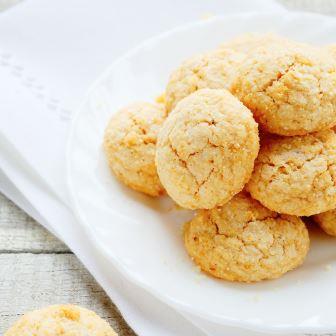 |
Amaretti – A fresh, soft, and chewy macaroon-type almond-flavored cookie originally from Italy, but especially popular in Switzerland's Italian-speaking canton of Ticino |
|
.jpg) |
Anise Cookies – (Änisbrötli) A type of cookie flavored with aniseed and made with an embossed design pressed on a mold. Similar to German springerle |
|
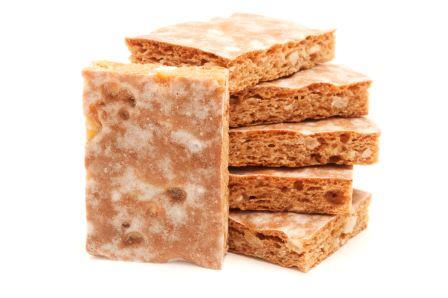 |
Basler Läckerli – Swiss traditional hard spice cookies made of honey, almonds, candied peel, and Kirsch. The dough is cut into rectangles while still hot, then a sugar glaze is added on top. Basler Läckerli were originally created by local spice merchants over 700 years ago |
|
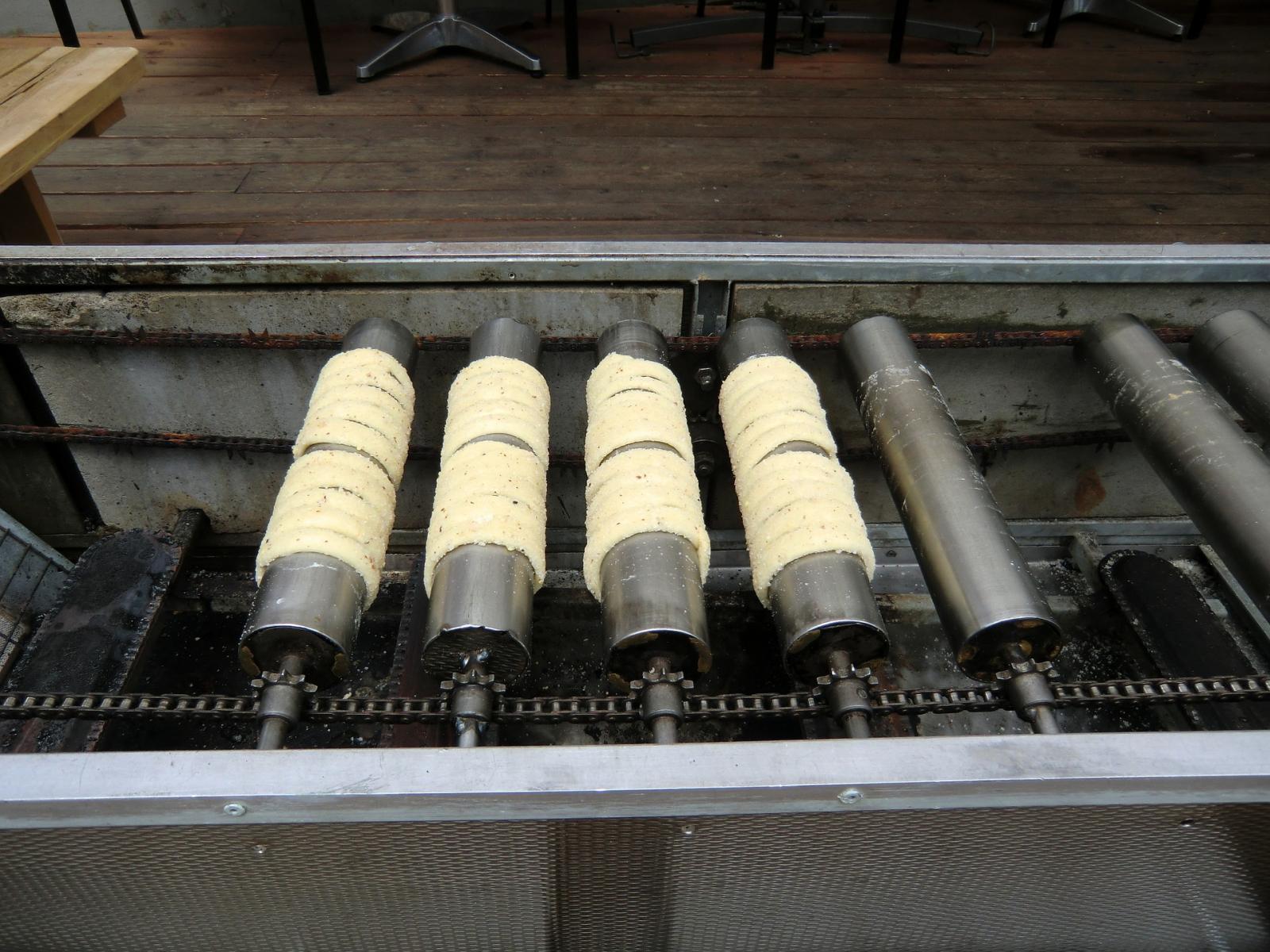 |
Baumstriezel – (Kürtőskalács in Hungarian, Trdelník in Czech, sometimes called chimney cakes) Baumstriezel is a kind of spit cake. It is made from rolled dough that is wrapped around a stick, then grilled and often topped with sugar and walnut mix. |
|
.jpg) |
Chestnuts – (Châtaigne, Castagna, Marone, Marron, Marroni) An unusual tree nut that tastes a bit like a potato, chestnuts are a perennial staple in the Swiss diet, whether roasted over an open flame, soaked in syrup, or pureed and squeezed into squiggly strands of Vermicelles. Chestnuts hearken back to days of deprivation, siege, and famine when they could be turned into consumable food for starving Swiss. |
|
.jpg) |
Christstollen – Fruit filled rolled pastry, of Eastern European origins, now traditionally associated with Dresden Mohnstollen – Poppy seed filled rolled pastry of Eastern European origins, now traditionally associated with Dresden. |
|
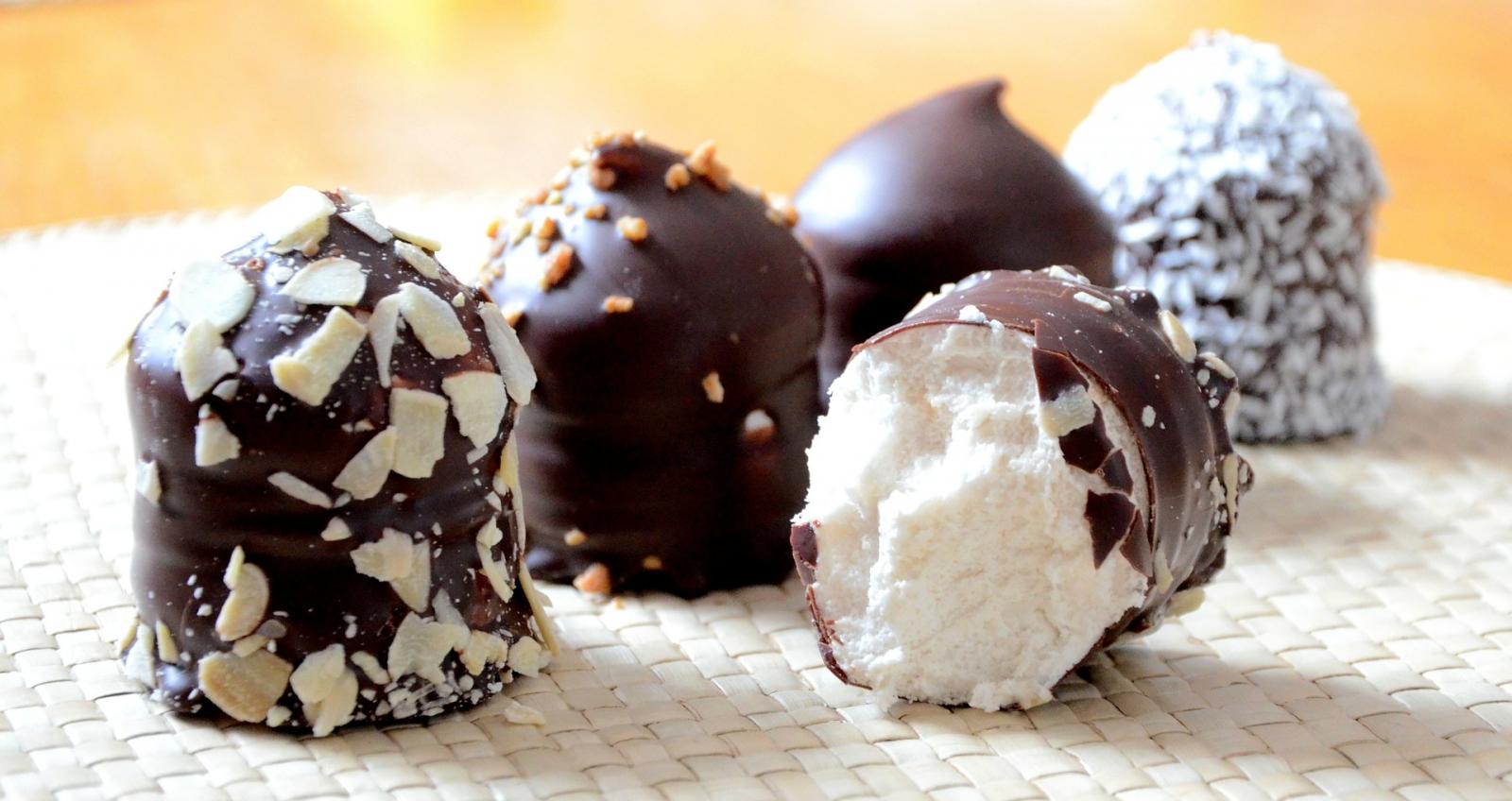 |
Chocolate Kisses – (Schokokuss, Schaumküsse, Tete de Coco) A candy a made of soft marshmallow set on a thin biscuit layer and covered with chocolate. Europeans consume about 1 billion chocolate kisses annually. |
|
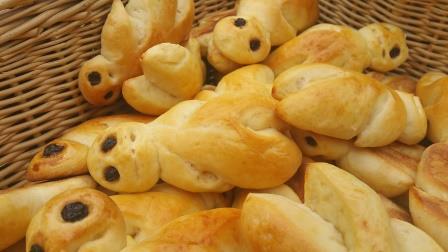 |
|
Grittibänz – ("Christmas bread men." also known as hanselmanne and bonhomme) Sold throughout Switzerland December 5 and 6 (St. Nicholas Day). Made from a sweet and rich egg and milk dough—the same used for Zopf, or braided Sunday bread. An egg wash right before baking gives them a golden glisten. These baked Christmas treaures with raisin eyes smile from bakery windows and Christmas market stalls. |
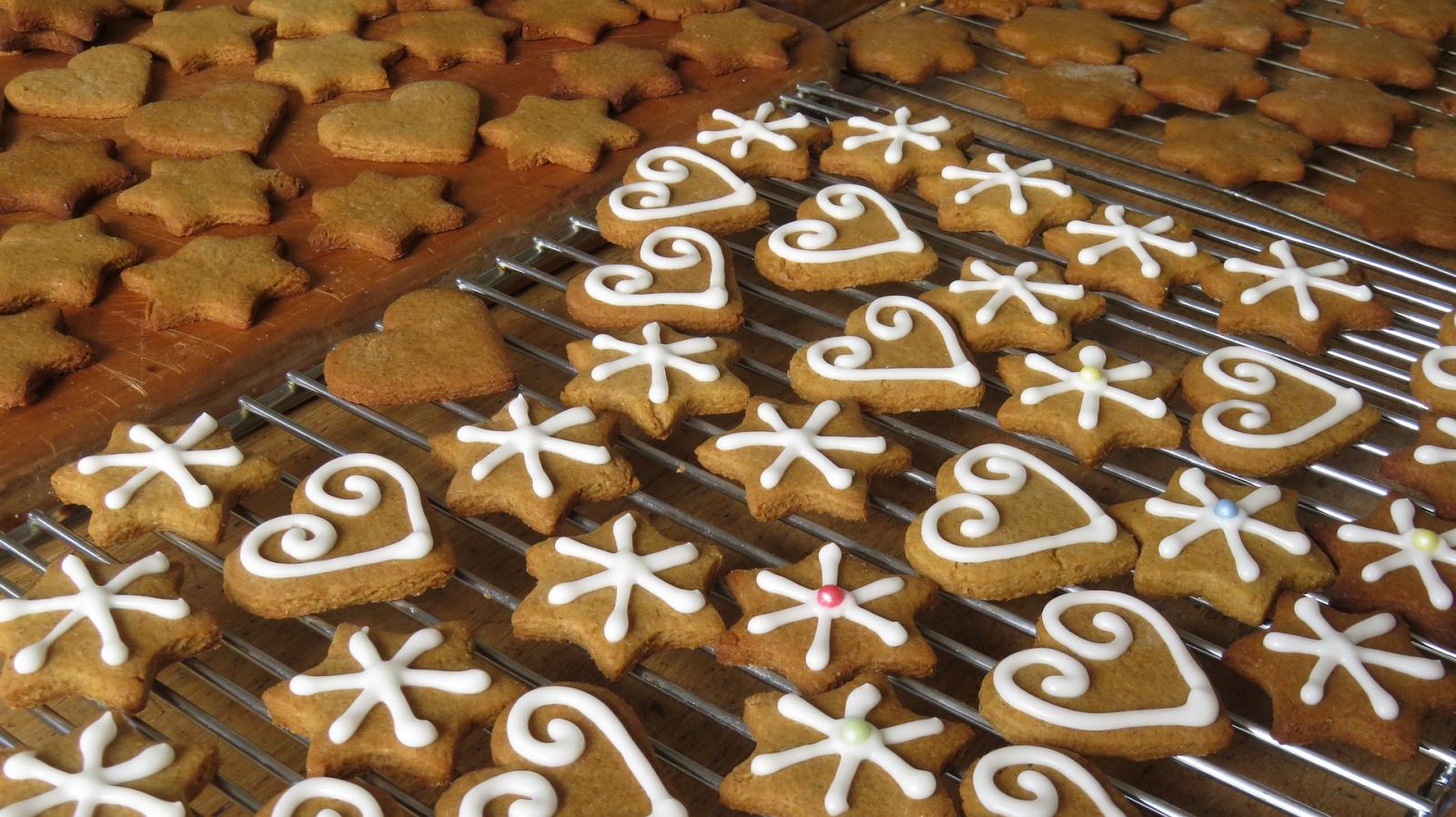 |
Lebkuchen – A traditionally German Christmas cookie popular in German-speaking Switzerland. The ingredients usually include honey and spices such as allspice, aniseed, coriander, ginger cloves, and cardamom. Often topped with almonds or candied fruit |
|
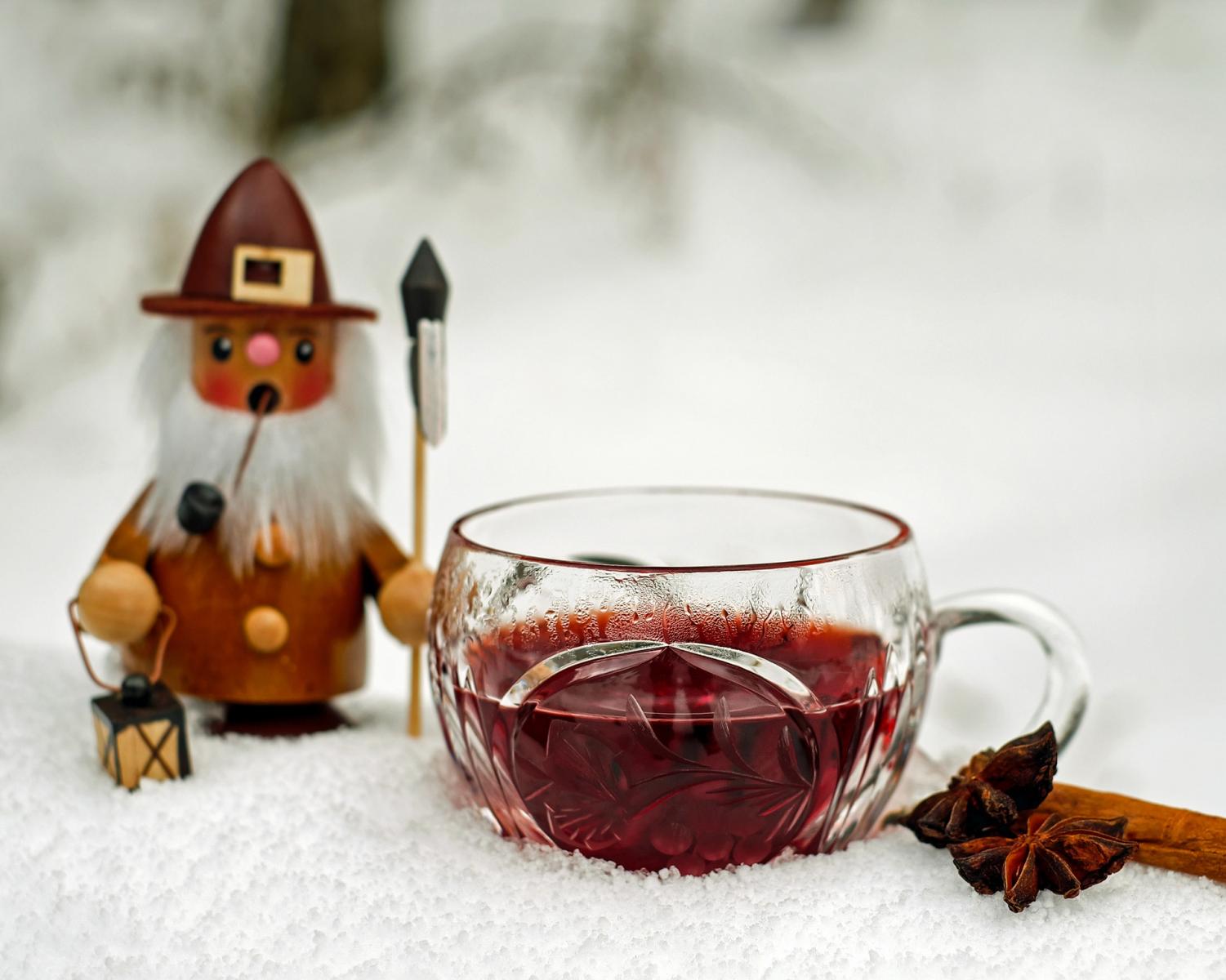 |
Mulled Wine – (Glühwein, Vin chaud, vin brulè) A beverage usually made with red wine along with various mulling spices and sometimes raisins. It is served hot or warm and is alcoholic, although there are non-alcoholic versions of mulled wine. First recorded as used by Romans in 2nd century. |
|
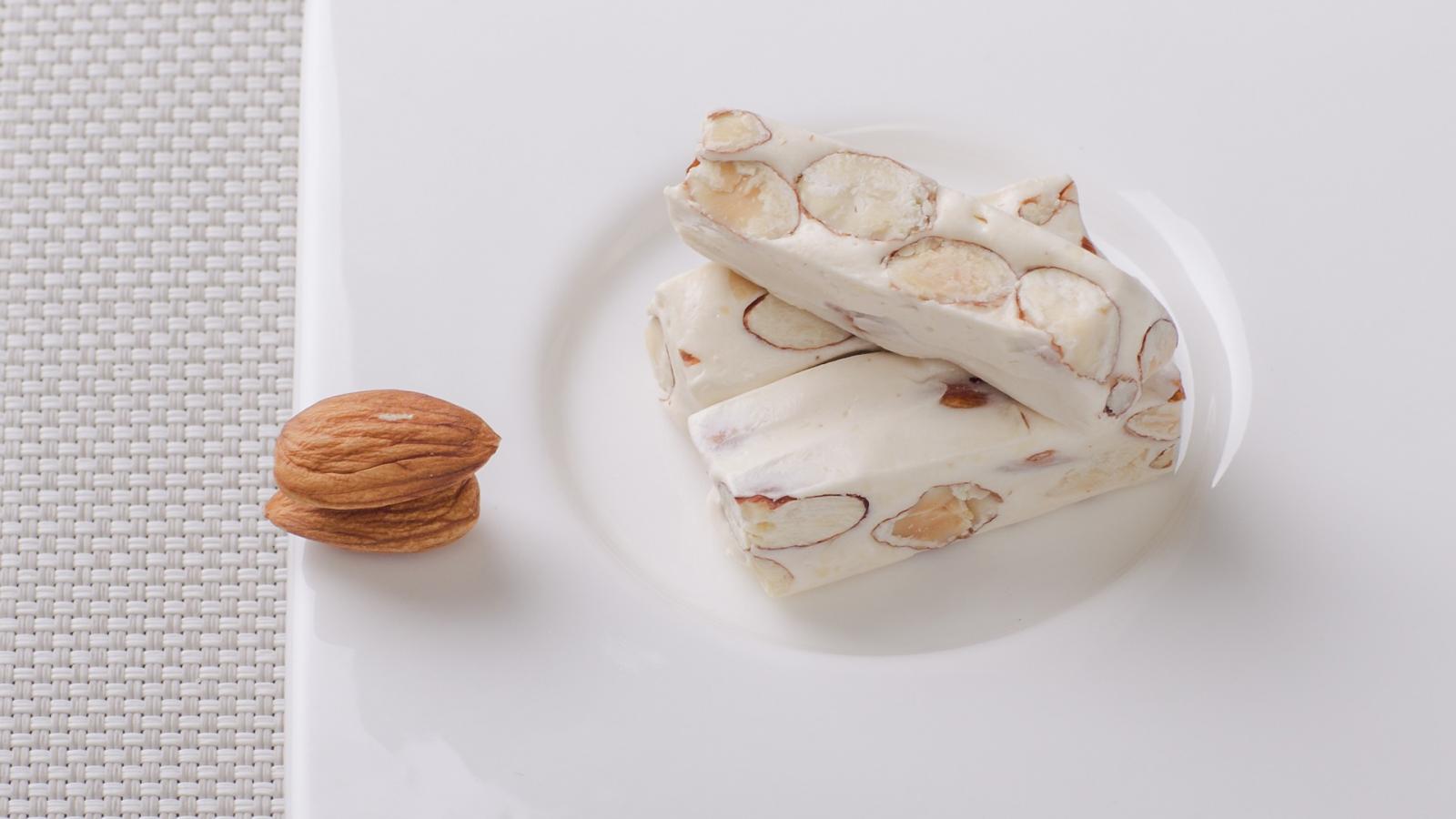 |
Nougat – A chewy confection made with sugar or honey, roasted nuts, whipped egg whites, and sometimes chopped candied fruit. Probably originating from Central Asia, but popular throughout southern Europe. |
|
.jpg) |
Pain d’epice – Popular in western Switzerland, with roots in Alsace France, this quickbread is traditionally made with wheat or rye flour, honey, and spices. |
|
.jpg) |
Panettone – Popular at Christmas and New Year. First produced by a Milanese baker in the early 20th century. Especially popular throughout Italian and French-speaking Switzerland. |
|